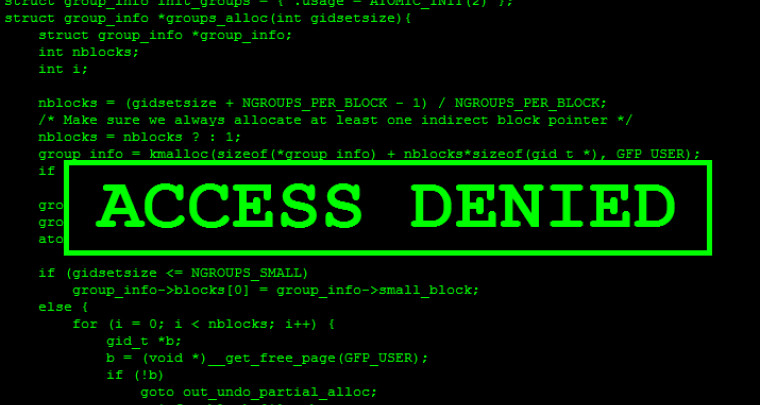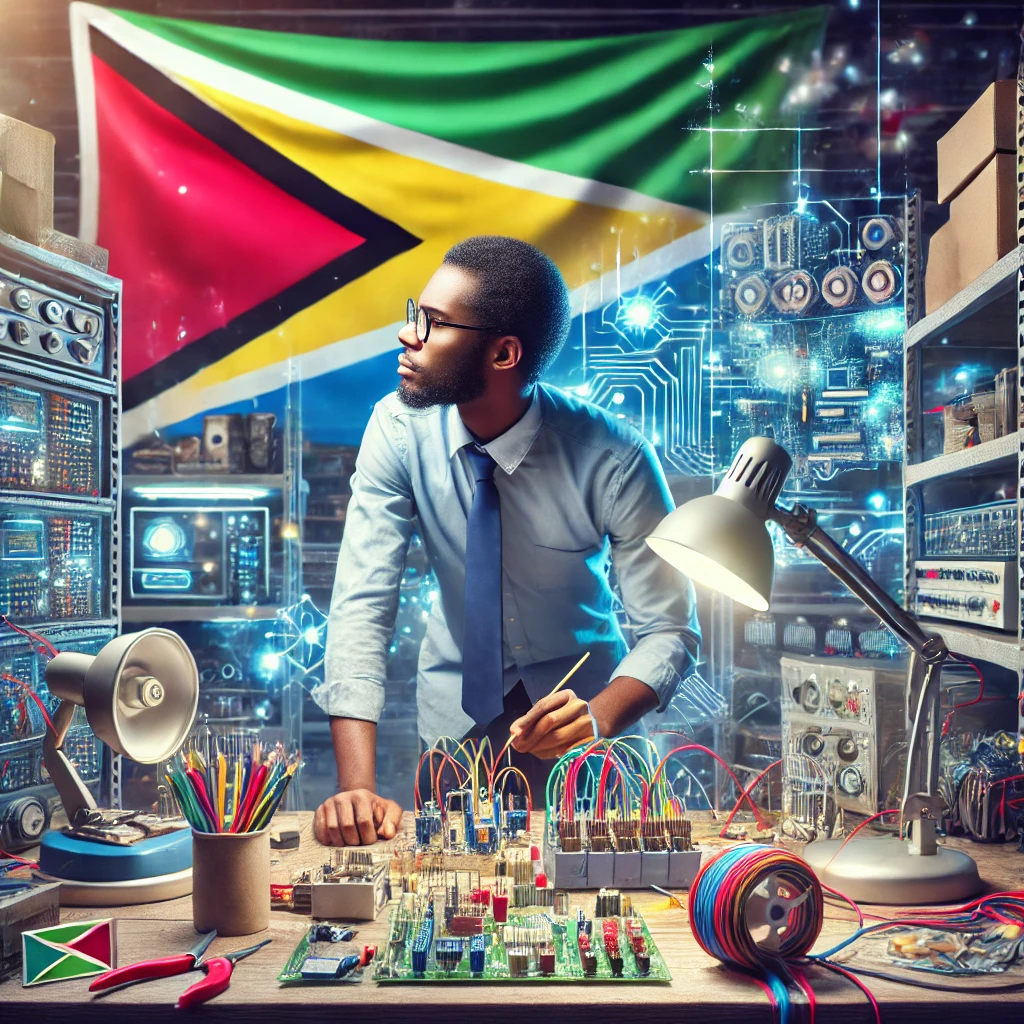Of all the energy possibilities, solar power is now the best for Guyana. It is the least expensive, will put power in the hands of the ordinary man, and is blindingly simple. Let us take each of these in turn.
Generation
If US$900M has to be found for the 165 MW Amaila Falls Hydropower Project, and US$900M has to be found for the 250 MW offshore Gas to onshore Energy Project, then the same US$900M can buy and install 450 MW of solar power. GPL currently has about 150 MW.
Generation installation costs work out in US$ per installed watt at $5.45 for Amaila, $3.60 for Gas-to-Energy, and $2.50 for solar power (including 80% power factor compensation). GPL generation facilities cost just over $1 per watt. (The recently installed solar power grid-tie systems for the OAS and IICA were also $1 per watt.)
For the consumer of electricity, this will mean that consumers would have to pay for generation installation, in US currency per kWh unit of electrical energy: 14 cents for Amaila, 9 cents for Gas-to-Energy, and 2 cents for Solar.
Transmission and Distribution (T&D)
T&D costs to consumers work out to an additional: 12 to 24 cents for Amaila; 8 cents for Gas-to-Energy, and zero for my version of Solar power. The 12 cents for Amaila and the 8 cents for Gas-to-Energy is based on the GPL ratio of Generation to T&D costs. This is reasonable for a Wales location of a Gas-to-Energy plant, but for Amaila a better estimate would be from that of the last study done under the Coalition Government for hydropower for Kato, and that would be 24 cents.
Therefore the total cost to consumers only from installation of generation, transmission and distribution would be 38 cents per kWh for Amaila, 17 cents for Gas-to-Energy, and 2 cents for my version of Solar. Bear in mind at this stage that GPL charges 25 cents (subsidized) per kWh residential rates, so Amaila is already a lost cause.
Operation and Maintenance
Operation and maintenance costs are considerable for GPL, and they will also be considerable for Amaila and Gas-to-Energy, but the latter two are either secrets or have foolishly not been studied. Operation and maintenance costs for Solar will be almost zero (reading meters, cleaning dust and bird droppings).
Fuel
Fuel costs for Amaila will be zero, but power will depend on the availability of reservoir water. Fuel costs for the Gas-to-Energy is still a secret. Fuel cost for Solar is zero, but energy will depend on the availability of sunshine.
Power to the people
So what is my version of Solar? US$900M can provide 90,000 sets of solar power installations, each with 5 kW of panels to catch sunshine, 5 kW of inverter-controller power, and 10 kWh of battery storage. I have invoices for clients to prove it. One patriotic client gave me permission to share that information with the Guyana Energy Agency, which had asked me about my public claim of US$2 per installed watt of solar power.
What can 5 kW do? It can run a fridge and freezer, washing machine, microwave, electric cooker, and all common household appliances. The pure sine wave inverter will be able to provide ‘clean’ electricity that will not cause the computers and other sensitive electronic devices to degrade. An energy monitoring device will indicate how much energy is available at any time. So if the sun does not shine, the owner can prioritize and manage. The appliances should therefore be chosen for their energy efficiency.
It is eminently suitable for people in remote areas of the country. In fact that is where it should start. Education is limited by the reliability of communications, which in turn is limited by the available power. Communities who aspire to more can agree to pool their power and even go into business on sunny days, when 5 hours of sunshine with 5 kW of panels can produce 25 kWh of energy, 10 kWh of which will be stored in the battery, leaving 15 kWh for other purposes during the day (or to be stored in another battery).
Seven years ago, when the price of solar power in Guyana was US$5 per watt, I installed half a kilowatt of solar panels on my house roof (a tenth of what I am proposing here), a 40 A MPPT charge controller, a 2 kW pure sine wave inverter, and a 2.5 kWh deep-cycle AGM lead-acid battery. Everything is still working except the battery, which was warrantied for 2 years, but lasted 4 years under my management. I replaced it with a much lighter, but deeper cycle 2 kWh lithium iron phosphate battery (LiFePO4) warrantied for 10 years, which is still working, and which is not the kind that catches fire easily. With this I was able to reduce the electricity bill from $12,000 to $5,000 per month, and my daily consumption from 8 kWh to 3.5 kWh.
I was at first able to operate the refrigerator while the sun was shining, but as the fridge got older, even though it was rated at only 130 W it required momentarily more than the 2 kW provided by the inverter to restart the compressor. This and similar induction problems would vanish with a 5 kW inverter for all household appliances.
Most democratic energy alternative
We are hearing it said that this and that big project is the way to go, and that we need foreign investment. But once elected, our leaders cease to consult us. However, the new Low Carbon Development Strategy (LCDS) just being rolled out by the Government might provide some hope in the promised consultations, but it would require a populace informed of the choices and not handed a done deal.
Far more people would benefit from investment in Solar, as opposed to large operations like Amaila or the Gas-to-Energy projects, which profit a comparative few with the crumbs of ‘local content’ being held out as enticement for Guyanese, but with far lower pay than the foreigners. The investors our leaders want to encourage are not in it for us, they are in it for them, and the necessary local few that must be enriched for them to achieve their goals.
Solar power is not capital intensive and capital expensive like those projects. It can be rolled out as the country earns money from its oil and other products. Capital has to be repaid and the oil will be finished one day, but the sun will be there until the end of the world.
Solar power is getting cheaper all the time as technology improves. Continuous investment in it makes the most sense. Better to use the little oil money for that as we get it by and by from the bad deal we seem to have to live with.
And what about the climate change that people are afraid of? The forest and savannah people with collectively owned and demarcated land under the 2006 Amerindian Act, like some of the Wai-Wais have, will with solar power be better able to preserve the lungs of the world for all of us; and help offset the huge uninsured risk of extracting oil without spillage and of permanently capping the wells when they become uneconomical.
Slavery and serfdom provided the energy for civilizations from the time Noah left the Ark until steam powered the machines of what is now called the 1st industrial revolution (ir1). The theory of economics was developed so as to manage the new style of economic slavery, which appeared to give some choice to the poor workers.
Electricity was the basis of ir2, providing more power to a growing bourgeoisie and hooking up the world, which gradually began to learn the horrors of war with that kind of power. Electronic computers accelerated the accessibility of information after World War 2. Academia proliferated and economics began struggling to manage ir3.
Ir4 has now digitized and democratized the economics with artificial intelligence and crowdfunding. But we still have the same political systems of control developed in ir1. Let us therefore start with the advantage of these many household control systems not being subject to one huge blackout or rationing by a Public Utility. Let us join the new industrial revolution early and give power to the people like enlightened people in other places are doing. We do not have to provide employment and wealth to oil companies under the old capitalist system.
Blindingly simple
Modern solar power installation is simple, but I would strongly recommend a qualified electrician, because of the high voltages of the latest technology. Installers tend to overcharge. E.g., in the USA it costs almost as much to install as the price of the equipment itself. But this is because the installers have to employ qualified people for every combination of equipment, and of course they want to make a big profit.
The solar power equipment available today is plug-and-play: and only a certain plug will fit into a certain receptacle for the given design. The electrician is needed to check the house wiring, (because in Guyana many houses [and even some Government buildings, I discovered] were not properly wired) and to connect the solar power to the house wiring. If there is no house wiring, or if the wiring is faulty, the expense goes up. An engineer is needed to design the installation according to the equipment. But one engineer can do the same design for all 90,000 sets of solar power if the equipment is the same!
Here is why the simplicity is blinding. My colleagues in the private sector are ruled by the market economy mentality. They got their MBAs in it and are fortified by the almost universal subscription to the system. Therefore the simplicity of investing US$10,000 per household (for 90,000 households) is unimaginably intolerable. But the lack of quid pro quo is only imaginary, for the human capital that applies for it will be developed if it is stipulated that the household consist of sufficient persons of age and ability to learn to install and manage the solar power systems and to provide the regular opportunity to educate the young people of their heritage.
Conclusion
The principle of the gear governs all progress. We use the wealth of old technology to kick-start the new, but we must change gear to fit the circumstances we perceived in our progress. I live in Guyana and would therefore advise our brothers and sisters in the diaspora not to depend on the unenterprising copycat mentality of our current political leadership steeped in primitive control mode. Divert some of the money you would normally remit to Guyana to crowdfund and kickstart our own brand of industrial revolution out of the hands of the few, and power it with solar. When you visit or return you can enjoy a certain reliability and quality of energy.










